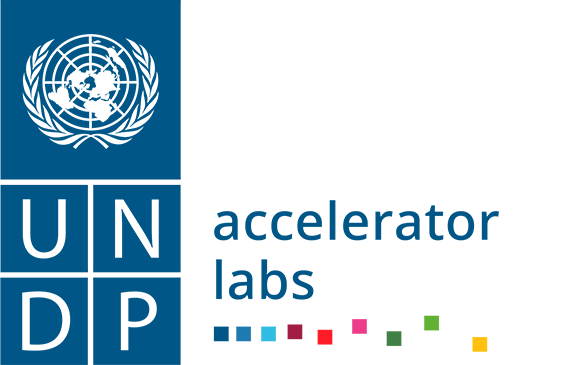How to use this toolkit
Architecture
We use the metaphor of the toolkit to emphasize the operational, enabling nature of the work you are reading right now.
- The Toolkit is a set of resources and their documentation materials meant to help people and organizations who want to deliver digital tools that support financial inclusion.
- The toolkit contains tools. Each tool consists of one or more resources, documented in a page of this website.
- A resource is a document that can be re-used, in part or as a whole. Examples are TORs for a software developer to design an app; assessments for digital literacy and research tools to understand financial behavior; and curricula for entrepreneurs seeking to boost their bookkeeping skills. Resources are accessible via live links from the factsheets, with a UNDP corporate login.
- Website pages contain resources metadata, accessible to everyone. Each page is dedicated to one tool, and explains what the tool is good for; what it is not good for; the context in which it was produced; how much money and time you will need to deploy it, etc. You will also find a reference to the person or people who created the resource.
Using this toolkit in four easy steps
1. Decide what you want to do and browse the catalogue.
The tools in this kit are labelled according to function, with names like “Help people understand how to improve financial inclusion by assessing the status of digital and financial literacy in your country” and “Help people save by digitizing community savings processes”. They are sorted into into six main categories, based on the primary types of financial behavior (excluding ‘Certify” which is an atypical example). The navigation bar on the left of the screen acts as a catalogue: browse it and navigate to any tool you like.
2. Read the description from this website.
Each tool’s website page contains information you can use to decide if that tool is helpful to you. Is it aligned with your goals? Is it compatible with the amount of time and money you have? Did its deployment run into problems? If so, how were they addressed?
3. Read and reuse the resources.
If the description of the tool looks interesting, you can move on to the resource itself. Because the tool was not written with your specific case in mind, you will need to adapt it to our context. Hopefully, this will be easier than starting from scratch. Please note that in this prototype version, you will need a undp.org email address to access resources.
4. Ask for support.
All resources have a lead author, or “focal point”. The ethos of UNDP’s Accelerator Labs is one of sharing knowledge, so you can reach out to the focal point if you need more information and support.
